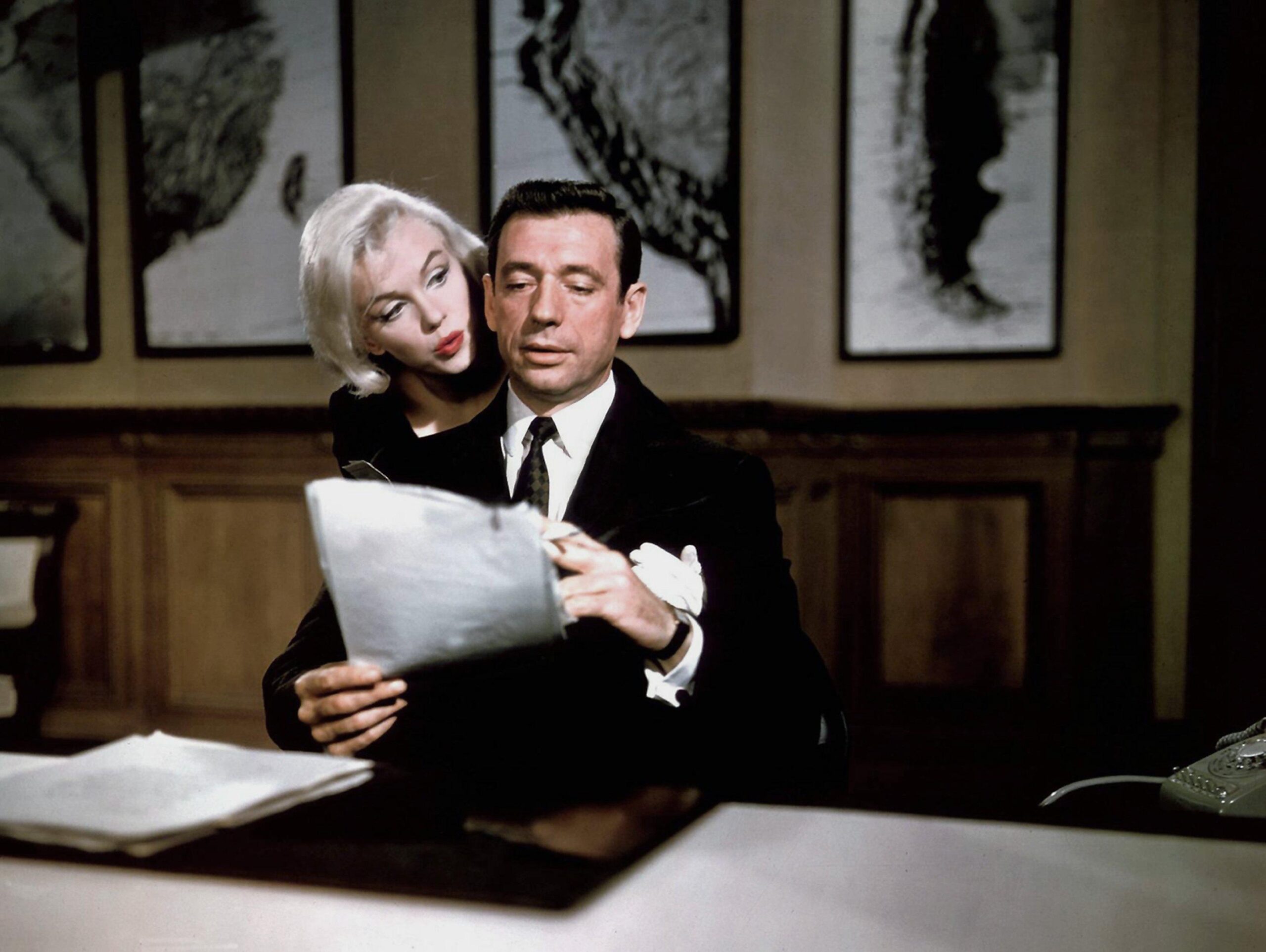Windsor Castle stands as one of Berkshire’s most renowned landmarks, drawing visitors from distant places to admire its majestic grandeur.
Originating in the 11th century, this historic site has served as a royal residence for nearly a millennium, holding the distinction of being the longest-inhabited palace in Europe.
For years, the castle welcomed the public without charge.
However, a significant event in 1992 altered the landscape, prompting Windsor Castle to welcome thousands of visitors annually under a revised pricing scheme.
This incident also marked the opening of Buckingham Palace to the public and led to Queen Elizabeth II paying income tax.
In November 1992, a massive fire ravaged the castle, causing extensive damage to rooms and furnishings.
Despite its vast size, the aftermath incurred a substantial repair cost.
The destructive blaze ignited on the morning of November 20 within Queen Victoria’s Private Chapel when a faulty spotlight ignited a nearby curtain, quickly escalating beyond control despite efforts by nearby contractors to contain it.
Subsequently, the flames engulfed the adjacent St George’s Hall, spreading rapidly even with alarms blaring, necessitating a response from over 200 firefighters across seven counties.
During the peak of the inferno, 36 pumps operated, utilizing 1.5 million gallons of water to combat the blaze.
The firefighting efforts involved redirecting hoses throughout the castle to contain the fire’s advancement and prevent further devastation.
While firebreaks were established at St George’s Hall, the catastrophic collapse of the Brunswick Tower’s floors and roof around 3:30 pm forced firefighters to retreat temporarily due to dense smoke, regrouping to manage the situation.
The tower endured as the final part of the castle affected by the flames, burning into the night with flames soaring up to 50 feet high.
Following an arduous eight-hour battle, the fire was finally subdued by 11 pm, extinguishing all minor fires by 2:30 am the next day after consuming over 100 rooms.
Amid the firefighting efforts, additional staff members and Prince Andrew engaged in a race against time to salvage precious relics and artifacts passed down through generations.
Although numerous items were successfully rescued and relocated to the stables, several bulky pieces along with porcelain wares and chandeliers were irretrievably lost.
With repair costs estimated to exceed £60 million, a dispute arose concerning the responsibility for covering the expenses.
Given that royal palaces lack insurance due to their high value, the burden of funding the repairs fell on either the Queen herself or the taxpayer.
Ultimately, a resolution emerged where the Queen pledged £2 million from her personal funds while introducing a fee-based public access system at Buckingham Palace during her absence, charging £8 per person.
Similar charges were implemented at Windsor Castle, which previously allowed unrestricted entry, granting visitors access to various sections of the castle and its surroundings.
Further deliberations centered on the optimal approach for restoring the castle, culminating in a decision to refurbish most areas in a manner reminiscent of their pre-fire condition.
The comprehensive restoration concluded in November 1997, costing £36.5 million.



